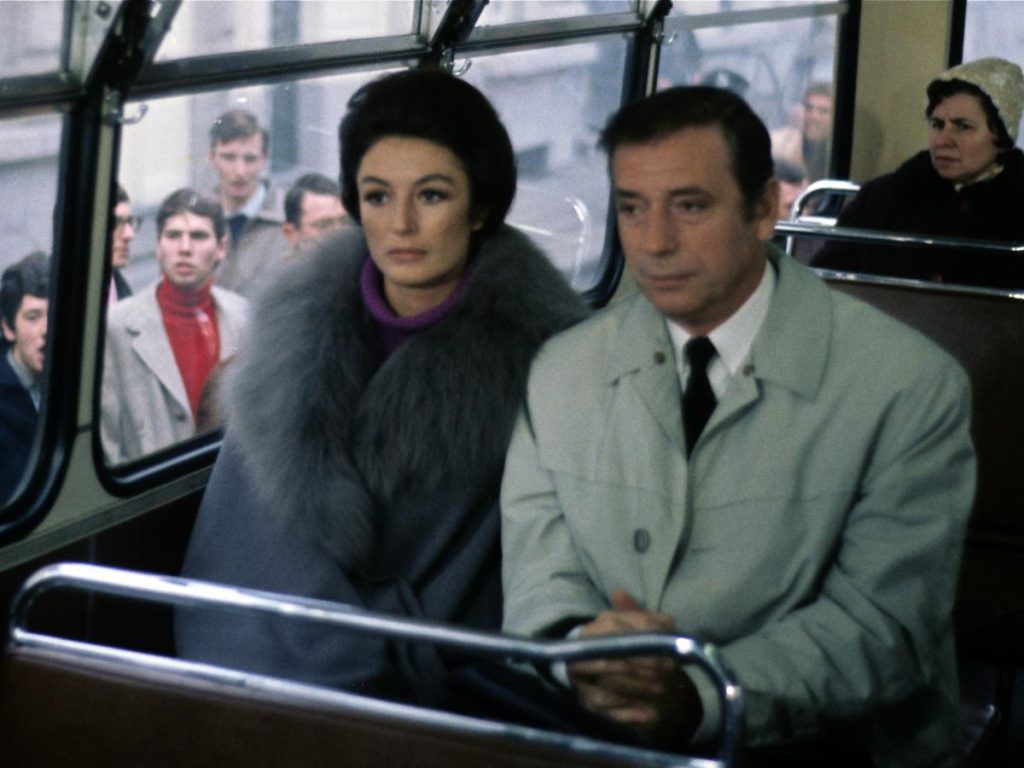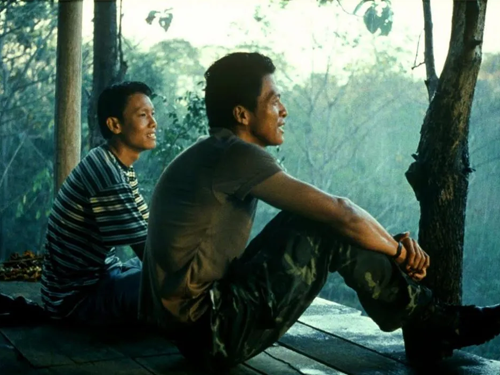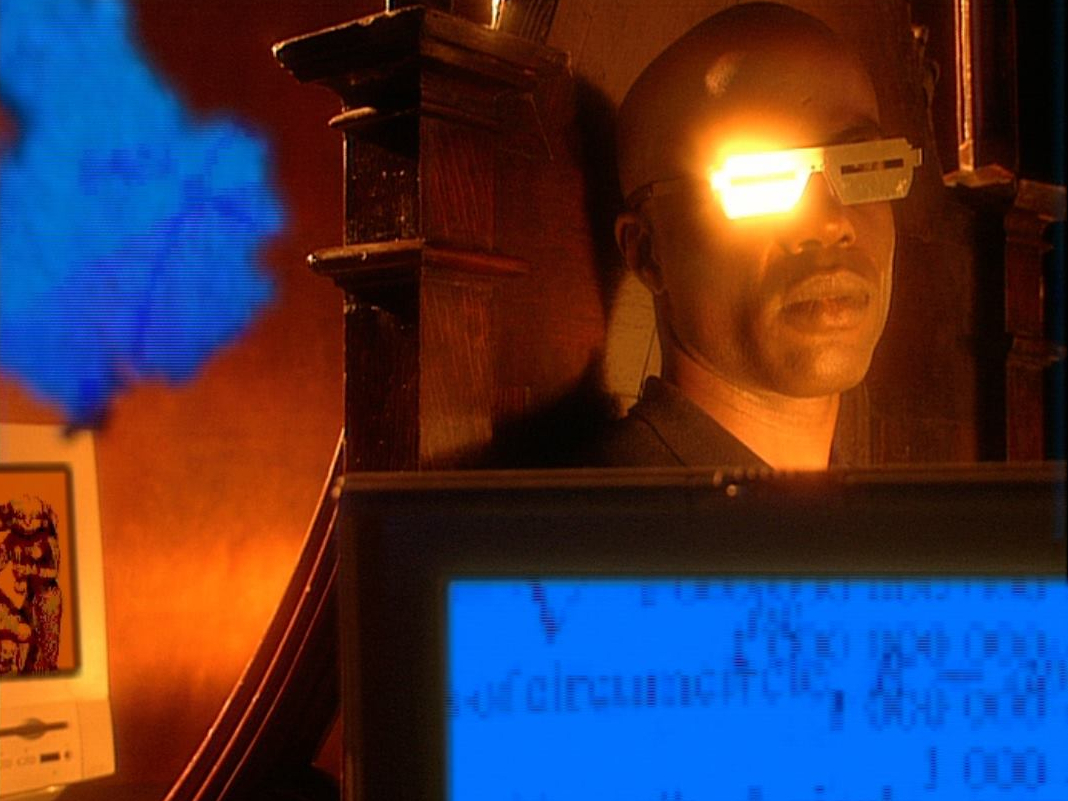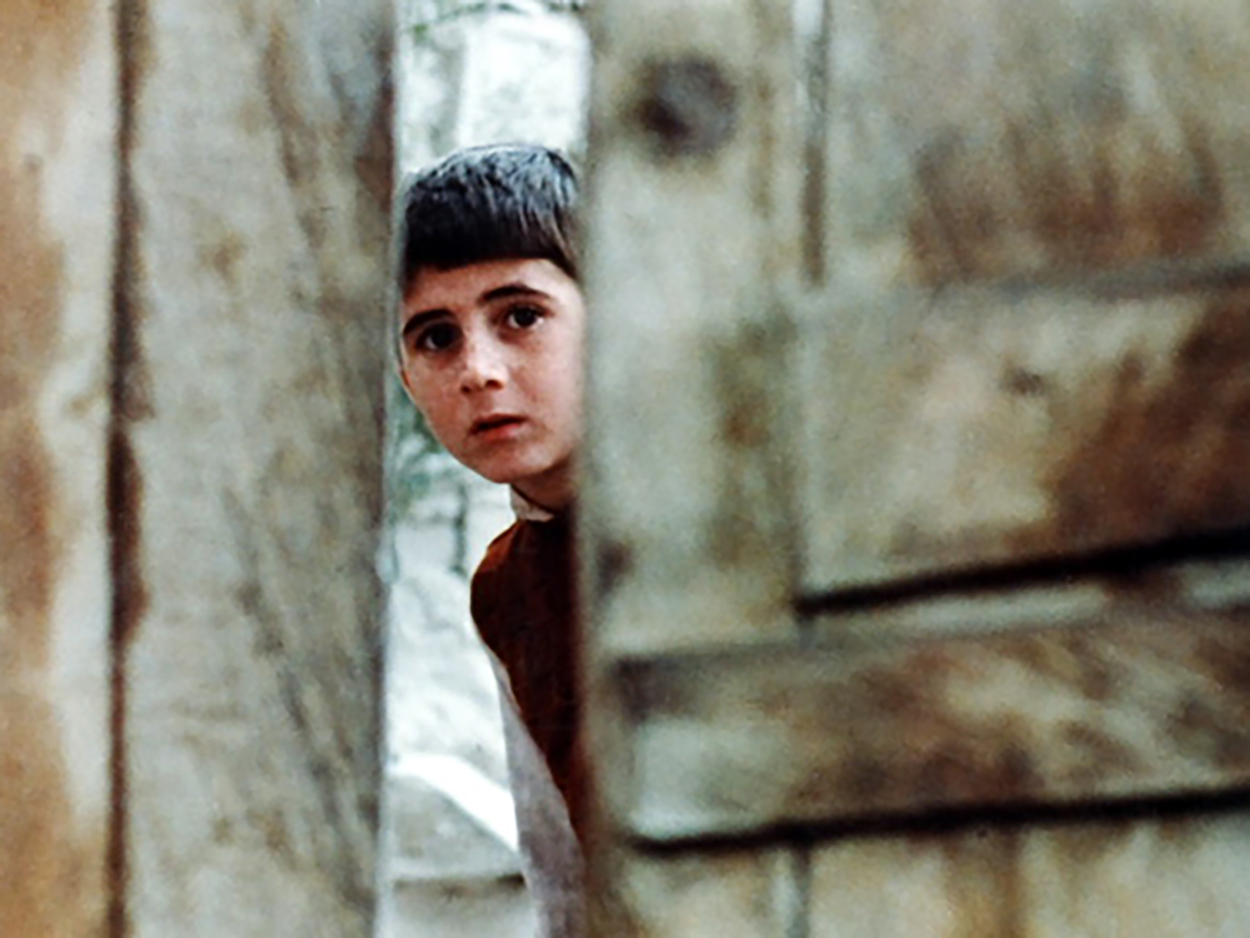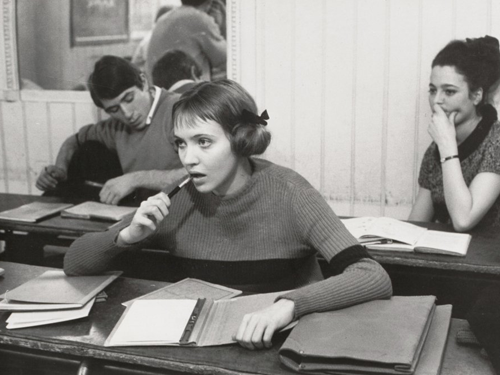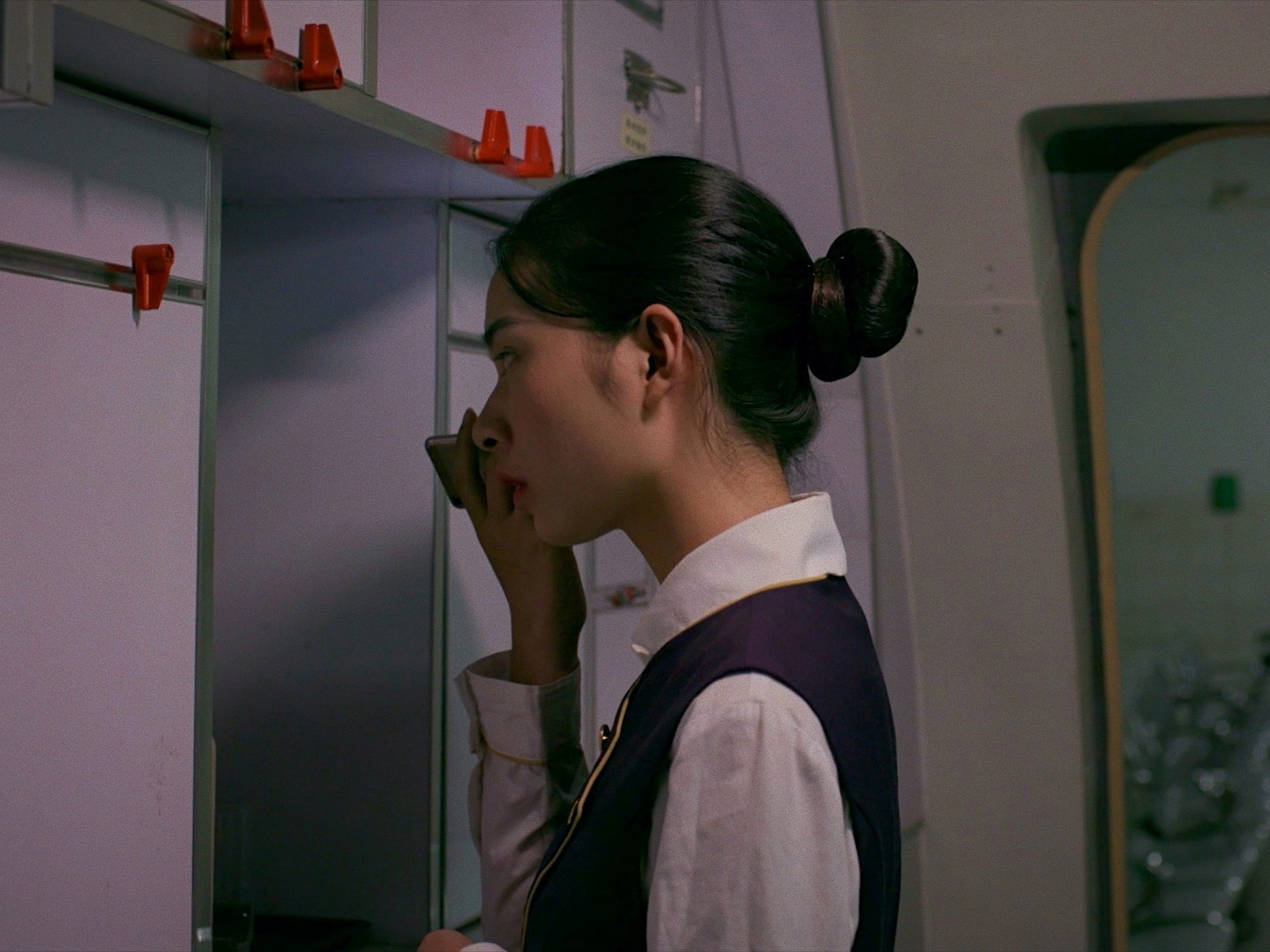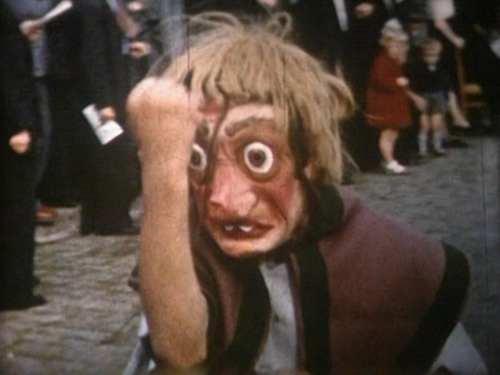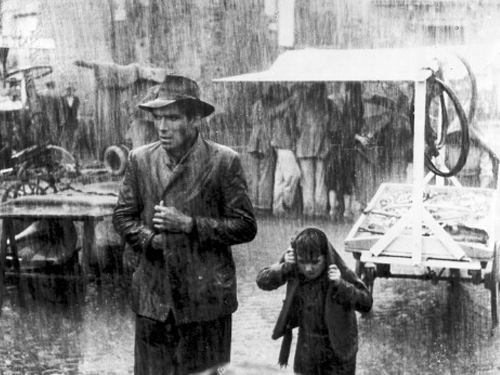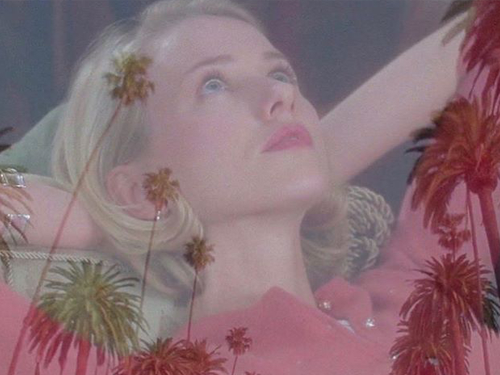EN
“I realized that through cinema I could express something that I cannot possibly through other means. Tropical Malady is a channel to present my attachment to untouched landscapes and mysteries. It is a memoir of love and darkness.”
“Like in my previous film, I shot Tropical Malady in the jungles of northeastern Thailand. The jungle is used as one of the main characters. I wanted to revisit the same place and see it differently. When I am in the jungle, I see the vast arena of life. It’s a very different life with different rules. I don’t think I’ll ever truly understand the animal world. But I borrow their landscapes to present the film’s ‘malady’ and suffocating world that is somehow not human either.”
“I believe we all have this malady. We become attached to certain things, especially to the beauty of our own species. I presented similar ideas in Blissfully Yours. But this time it seems like this attachment has escalated to the point of being a malady. We are at one point in life suffocated by beautiful memories of our loved ones. The lovers in Tropical Malady become suffocated by their love because it is so right, so natural.”
“When we close our eyes, of course we see darkness. But if we stare at this darkness long enough, we will see something. The image comes from within, from the mind. This is what I wanted to apply to Tropical Malady – a mind from one world adjusting to another world. The soldier can see images from the other side and also sees himself. He is on the border.”
“I’m fascinated by mystery. It has to do with my childhood. I grew up in a hospital housing compound (my parents are both doctors). Those strange buildings where body parts are kept in jars were a playground for us kids. Nights were quiet and there was always talk of ghost stories. I am fascinated by the simplicity of folk tales and legends. Many legends are so simple they are like concepts. Tropical Malady is a folk tale: encountering things, minimal dramatic moments usually saved for the end. This approach is so nostalgic for me.”
Series of statements by Apichatpong Weerasethakul from the press kit of Tropical Malady
“My works in film and video are personal, and have very few links with what’s going on. The current filmmaking atmosphere tends to get very complicated for me. I like to do simple sketches. I shot how I felt each day, some as short clips, some long, building the emotional structure along the way. On Blissfully Yours I was more focused. Tropical Malady, to me, was more temperamental. Since I made Tropical Malady during my ‘dark’ period – I was at pain with some losses – the film is like my sorrow box. Some of the scenes, including the style and the structure, contain personal references. It may appear scattered to some, but it was the way I saw my memories at that particular time. The experience of making this film was very naïve and direct. When we shot in the jungle, I was more aware of how the movie was going. Somehow I felt like I was back in the past making a silent film where there was no man on earth.”
Apichatpong Weerasethakul
“The films of Apichatpong Weerasethakul occupy a space between what is known and unknown, what can be seen and what can be felt or experienced. His films are impressionistic, primarily sensory – meanings, context and social references are secondary. You must give yourself over to them, succumb to them entirely. There is a line from Tropical Malady that might as well serve as instruction to all who come to view Apichatpong’s work: as when the monkey warns the soldier of the tiger’s power ‘Slay it, if you wish to free it from its world... or be devoured, if you wish to enter it.’”
Chris Barwick
“Tropical Malady begins with a quotation: ‘All of us are by nature wild beasts. Our duty as human beings is to become like trainers who keep their animals in check, and even teach them to perform tasks alien to their bestiality.’ The quote comes from a short story, Tiger-Poet, also known as The Moon Over the Mountain (published 1942, the year of the author's death) by Japanese writer Ton (Atsushi) Nakajima. Set in China and based on a Tang Dynasty Chinese story, Tiger-Poet is, in broad outline, one of the templates for Apichatpong's film. A scholar named Li Chêng decides to devote his life to poetry. He gives up his civil service job for poetry but falls into poverty. Consumed by bitterness he is forced to re-enter the civil service. Posted to the south of China, he is overtaken by madness during the journey and disappears. As it transpires, he has turned into a tiger, notorious in the area for eating humans. An old friend, Yüan Ts'an encounters him in his tiger form and they converse, Li Chêng hidden behind thick foliage. A voice had summoned him, he recounts, “and an irresistible impulse caused me to obey.””
David Toop
“When I was younger, I was attracted to Thai adventure stories [by Noi Inthanon, a pen name of Marlai Choophinit] that were always set in the jungle, with various dangerous animals. These stories were influenced by the Western infatuation with the Amazon, which romanticized the jungle and all of its dangers from a colonial viewpoint. This Thai writer [Noi Inthanon] used the Amazon as a bridge to different cultures, but at the same time you come to realize the brutality of these invasions. I grew up with those stories and then you start to compare them with what happened all around the world and also in the country [in Thailand] to indigenous people. The jungle is very rich in memory and that’s why I can picture it like home in my films.”
Apichatpong Weerasethakul
“Malady repeats, as has been mentioned, some aspects of Mysterious Object at Noon, and also returns to images, characters, objects, and locales from Blissfully Yours – ‘I wanted to revisit the same place and see it differently,’ Joe says – as well as its two-part structure, its hospital sequence, its central romance tinged by disquiet, and its attenuation of time in the jungle. [...] More generally, in its invoking many elements of traditional Thai culture, from Noi Inthanon’s adventure stories to the popular ghost/monster movies suggested by the film’s original Thai title, Sud Pralad (‘Strange Creature’), to the primitive paintings of Malady’s second half, which recreate the ancient way of narration on a temple wall because sacred space was the last to be demolished, Tropical Malady commemorates, like Mysterious Object, national forms of storytelling, a past or vanishing civilization.
Perhaps, then, the illness of the English title is not malaria, unrequited love, or amour fou, but the malady of remembering: ‘We are at one point in life suffocated by beautiful memories of our loved ones,’ Apichatpong states, ‘The lovers in Tropical Malady become suffocated by their love because it is so right, so natural.’”
James Quandt
NL
“Keng vraagt of hij zijn hoofd in Tongs schoot mag leggen. ‘Laat me gerust’, zegt hij lachend. Een ogenblik houdt Keng zich stil en klinken enkel de eeuwige dieren in het woud. ‘Ik bedoel ‘laat me gerust’ als ‘natuurlijk’’. Waarop een glimlach doorbreekt in het gezicht van Keng en hij zijn hoofd op Tongs knieën laat rusten. Hij neuriet een lied. Hij krijgt een verwijt; ‘Zing niet voor jezelf, zing voor ons.’
In de wereld van Weerasethakul resoneren mensen met dingen, dieren en geesten. Er bestaat geen eenzaam lied, want de wereld zingt mee. De regen belijnt de contouren van het landschap. Het geeft de textuur aan van het dak en de bladeren rondom. Cicades trekken strepen door het woud en op het moment dat de roep van een aap ondertiteld wordt kan niemand dit meer verbazen.”
Nina de Vroome


